- details the rendering techniques used in the latest Assassin’s Creed game
- explores the GPU-driven rendering pipeline, micro polygon rasterization, global illumination implementation
- presents how the weather system was implemented in a deferred pipeline fashion
- additionally presents a brief look at how the team manages platform differences and performance tracking
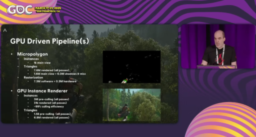
- talk from Nordic Game Jam 2025 providing an intuitive explanation of quaternion mathematics
- breaks down quaternion concepts using visual examples and practical applications in game development
- demonstrates techniques for visualizing rotations
- additionally presents how rotation order/axis orders vary between different popular game engines
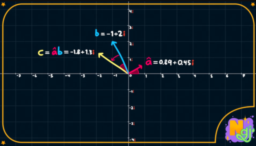
- presents a mathematical derivation for efficiently transforming direction vectors from camera space to screen space
- reduces computation from 32 multiplies, 24 additions/subtractions, and four divides to just six multiplies and two subtractions

- walks through the implementation of a CPU-based software rasterizer
- covers techniques for triangle rasterization, projections, depth buffering, basic lighting
- explains the underlying theory with visual explanations before presenting the implementation
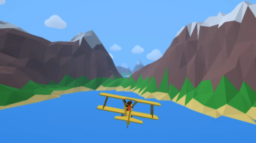
- investigates techniques to improve Bounding Volume Hierarchy (BVH) quality
- challenges common assumptions about binned vs. full-sweep SAH building and demonstrates that bin count significantly impacts performance
- introduces Representative Ray Sets (RRS) for BVH quality assessment and optimization, showing that significant performance improvements ( >50% ) are possible
- opening the discussion that offline builds of optimized static geometry BVHs might be worthwhile to explore

- explores asynchronous compute techniques to improve GPU utilization by executing compute and graphics workloads in parallel
- explains the implementation details of scheduling work on separate command queues and synchronizing between them using fences
- provides practical examples of work pairing that benefits from async compute and how to measure performance gains

- introduces Shader Execution Reordering feature for Shader Model 6.9
- explains how SER allows application developers to provide hints that will enable drivers to optimize execution patterns for DXR workloads
- provides example code that presents the feature in shader code and how to use it from the D3D12 API
- additionally discusses the state of driver support
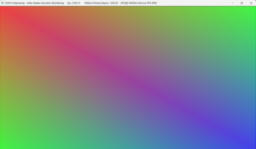
- introduces Opacity Micromaps (OMMs) for DirectX 12 ray tracing to accelerate alpha-tested geometry
- details how OMMs encode alpha mask information at different resolutions to skip unnecessary ray-triangle tests
- provides implementation explanations, first example implementations, and performance data for foliage scenes
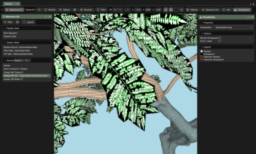
- presents DirectX 12’s new cooperative vector instructions
- discusses how these instructions allow developers to take advantage of additional hardware features (such as Nvidia Tensor Cores)
- shows how to check for the availability of support and how the API allows developers to encode the data into the hardware-required formats

- the video tutorial implements a physics-based cloth simulation on the GPU using compute shaders
- discusses how to structure the mesh for connectivity as well as how to handle constraints solving to simulate springs
- covers both the theory as well as the implementation
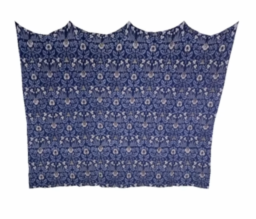
- announces the addition of Slang shader language support for the Vulkan samples repository
- discusses the experience of using Slang for shader development

Thanks to Robert Wallis for support of this series.
Would you like to see your name here too? Become a Patreon of this series.